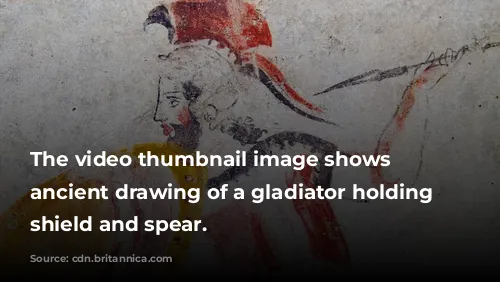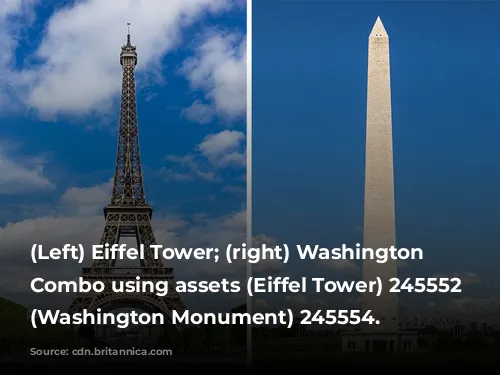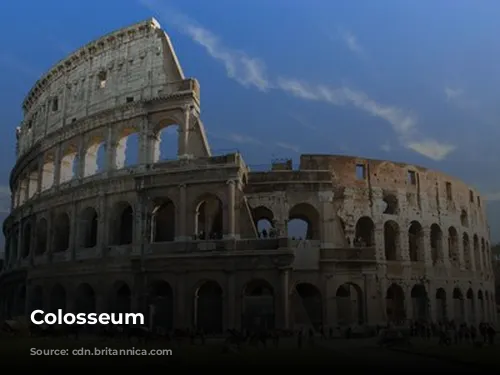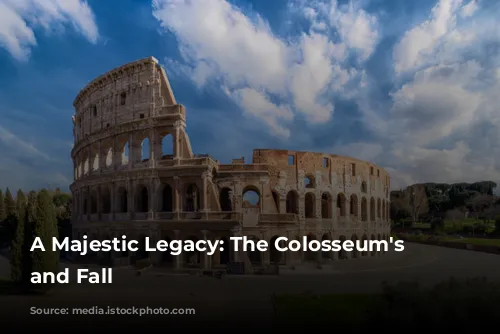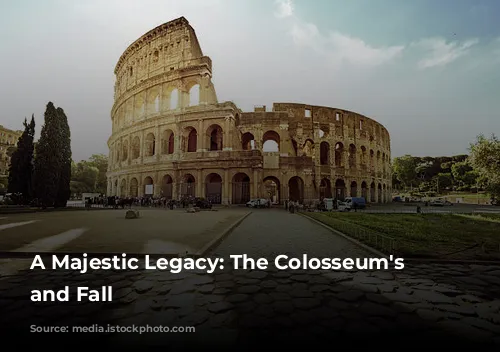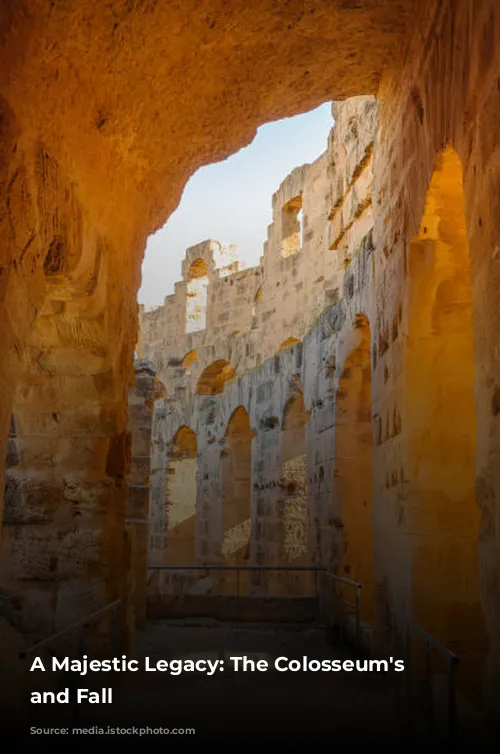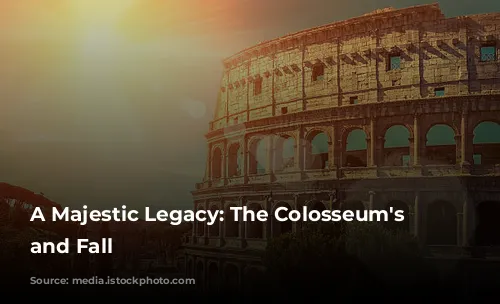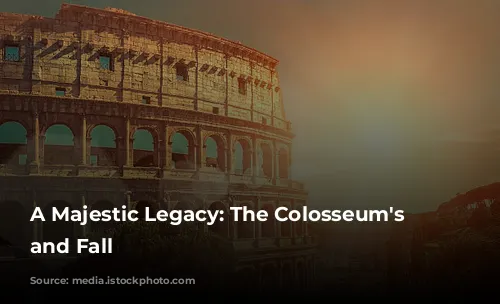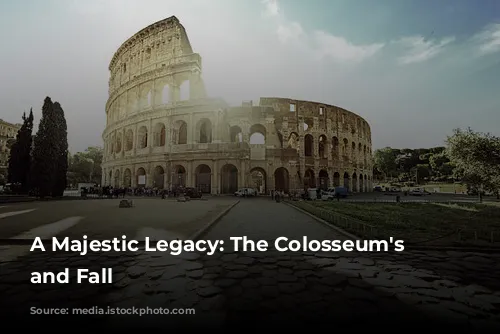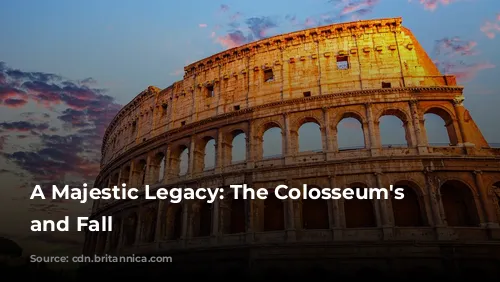The Colosseum, one of the few preserved structures from the Roman Empire, stands as a testament to the architectural and engineering brilliance of ancient Rome. It’s not only a historical landmark, but a major economic driver for Italy, drawing millions of visitors annually. In 2018 alone, the Colosseum, along with the Roman Forum and Palatine Hill, generated over $63.3 million (€53.8 million) in revenue, making it the top tourist attraction in Italy.
The Colosseum’s history is a journey through time, marked by periods of glory and decay. After the fall of the Western Roman Empire, the Colosseum fell into disrepair. It was used as a fortress by noble families, like the Frangipane and Annibaldi, in the 12th century. In the late 15th century, Pope Alexander VI allowed the Colosseum to be plundered for its building materials. It wasn’t until the 1990s that state-funded restoration efforts began, attempting to reclaim the grandeur of this iconic landmark.
A Monument to Roman Power
The Colosseum’s construction was part of a grand plan to rejuvenate Rome following the tumultuous year of the Four Emperors (69 CE). Emperor Vespasian, much like his predecessors, saw the Colosseum as a venue for entertainment, a place to captivate the Roman populace with gladiator fights, animal hunts, and even mock naval battles.
The Colosseum’s construction began under Vespasian between 70 and 72 CE. The completed structure was dedicated in 80 CE by Vespasian’s son and successor, Titus. The fourth story was added by Emperor Domitian in 82 CE. It’s important to note that the Colosseum was funded by the spoils of war from Titus’s conquest of Jerusalem in 70 CE and built using Jewish slaves from Judea. This unfortunate detail casts a shadow on the monument’s history.
A Colossal Structure
The Colosseum is an elliptical amphitheater, also known as the Flavian Amphitheater, constructed with stone, concrete, and tuff. This massive structure stands four stories high, measuring 620 by 513 feet (189 by 156 meters). It was designed to accommodate a staggering 50,000 spectators. The Colosseum is most renowned for its gladiatorial combats, which enthralled the Roman crowds.
The Colosseum’s location on the grounds of Nero’s Golden House adds a layer of symbolic significance. The artificial lake that was the centerpiece of Nero’s palace was drained to make way for the Colosseum, effectively replacing a symbol of tyranny with a public space for entertainment. Vespasian, whose rise to power was far less dramatic than Nero’s, chose to build an amphitheater that could host tens of thousands of Romans, emphasizing the shift from private luxury to public engagement.
A Symbol of Engineering Brilliance
Unlike earlier amphitheaters, which were typically built into hillsides for support, the Colosseum is a free-standing structure, showcasing the Romans’ mastery of stone and concrete. It utilizes a complex system of barrel vaults and groin vaults. The Colosseum’s facade features three tiers of arcades, framed by engaged columns in the Doric, Ionic, and Corinthian orders, a design that influenced Renaissance architecture. The primary structure is built from travertine, while the secondary walls are made of volcanic tufa, and the inner bowl and arcade vaults are constructed of concrete.
A massive retractable awning, known as a velarium, protected spectators from the sun. The velarium was supported by masts that extended from corbels built into the Colosseum’s top story, and it required hundreds of Roman sailors to manipulate the rigging. The Colosseum was the scene of countless gladiatorial contests, battles between humans and animals, and even mock naval battles. However, it remains uncertain if the Colosseum was actually the site of the martyrdom of early Christians, as some legends suggest.
A Monument Restored
The Colosseum witnessed many transformations throughout history, including its use as a church and a fortress. It suffered damage from lightning, earthquakes, vandalism, and pollution, leading to the loss of its marble seats and decorative materials. The Colosseum was left largely neglected for over a thousand years.
In the 19th century, the preservation of the Colosseum began in earnest, led by Pope Pius VIII. The 1990s saw a major restoration project, and the Colosseum remains one of Rome’s top tourist attractions, drawing close to seven million visitors annually. Changing exhibitions related to ancient Roman culture are regularly held, keeping the Colosseum alive as a window into the past.
The Colosseum, a symbol of Roman power, ingenuity, and spectacle, continues to captivate and inspire, reminding us of the enduring legacy of the ancient Roman Empire.
